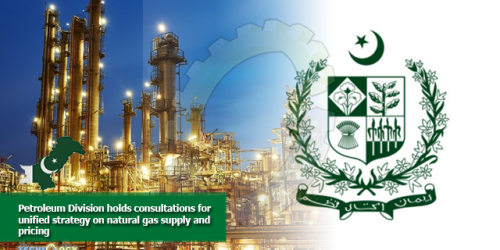KARACHI: State-owned Pakistan LNG Limited (PLL) has sought tenders from foreign suppliers to supply approximately 420,000 cubic metres of liquefied natural gas (LNG) for November, it was learnt on Tuesday.
PLL invited bids from international suppliers for supply of three LNG cargoes on delivered ex-ship basis at Port Qasim. Cargo of 140,000 cubic meters each is required to be delivered on November 8-9, November 15-16, and November 18-19.
The last date of submitting the bids is September 24.
PLL was mandated by the government to carry out the business of the import, purifying, buying, storing, supplying, distributing, transporting, transmitting, processing, measuring, metering and selling of natural gas, LNG, re-gasified LNG, to meet the country’s gas requirements.
PLL procures LNG from international markets and enters into onward arrangements for supply of gas to the end user, thereby managing the whole supply chain of LNG from procurement to end user gas sale agreements.
Pakistan currently has two operational LNG terminals – Elengy Terminal and Gasport Pakistan Ltd. having a capacity of 600 million metric cubic feet per day each.
With Pakistan turning to be one of the fastest growing LNG markets since it first started importing in 2015 and imports rising to 8.4 million tons in 2019 from 6.8 million tons in 2018, analysts say there is an urgent need to speed up import capacity expansions, which have been planned to absorb incremental inflows.
The gap between demand and supply is expected to increase to 2.7 billion cubic feet per day (bcfd) in FY2023 and 4.8 bcfd by FY2028 without the imported gas.
“The possible gap can be bridged through enhancement in indigenous gas exploration & production through incentivizing this sector, import of interstate natural gas through development of cross-country gas pipelines and increased import of LNG,” Oil and Gas Regulatory Authority (Ogra) said in a report.
“The gas utility companies have added more than 0.5 million domestic, commercial and industrial consumers, in their respective systems, during fiscal year 2018-19.
Consumers’ addition is increasing the gap between demand and supplies, day by day. Especially in winter, the gas demand further increases and as a result the government is forced to curtail supplies to various sectors.”





